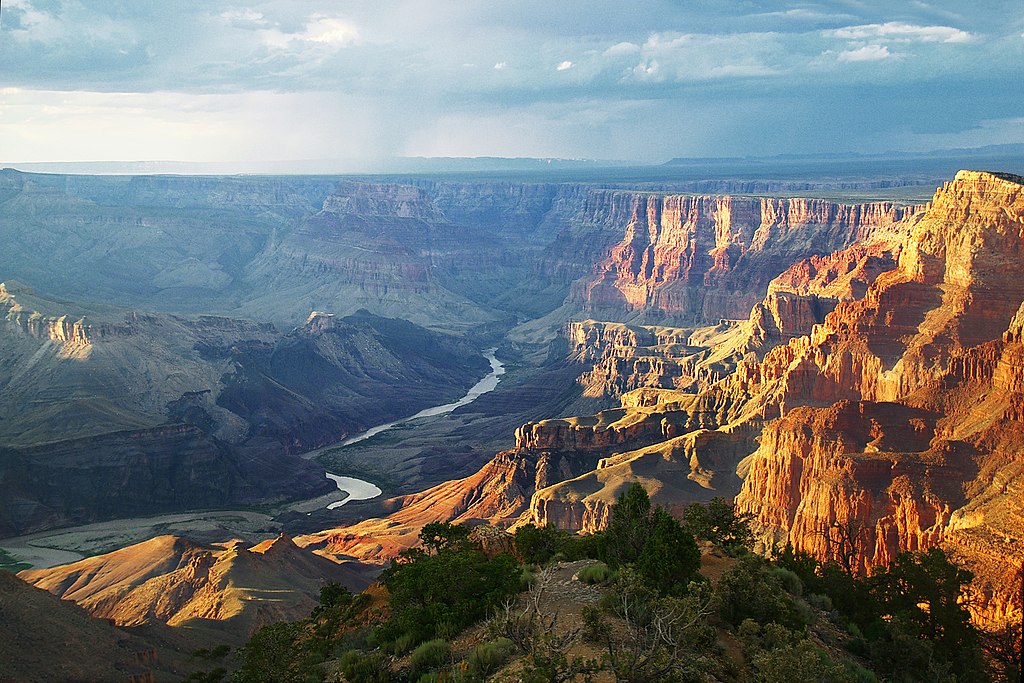Churchill bay and polar bears
On the Western shore of the Hudson bay in the northern maritoba lies the town of Churchill. This is one of the easiest places in the world to see polar bears which the town is internationally known for. At the right time of the year you can expect to see 20 years a day, however when November hits both the polar bears and the visitors depart leaving the area to its bitter winter.
They arrive in Churchill from their summer on land and congregate near Churchill waiting for the ice to form at sea so they can begin their annual seal Hunt. Unfortunately while in Churchill itself they are often drawn to the rubbish dumps. They are aggressive dangerous animals and the more troublesome bears are transported further away.
Adult male polar bears are the world’s largest terrestrial carnivore. There are thought to be between 22,000 and 31000 polar bears remaining in the wild, 60% of them being based in Canada. The west Hudson bay polar bear population has dropped by 22% since the 1980s entirely as a result of the rapidly shrinking ice packs.












